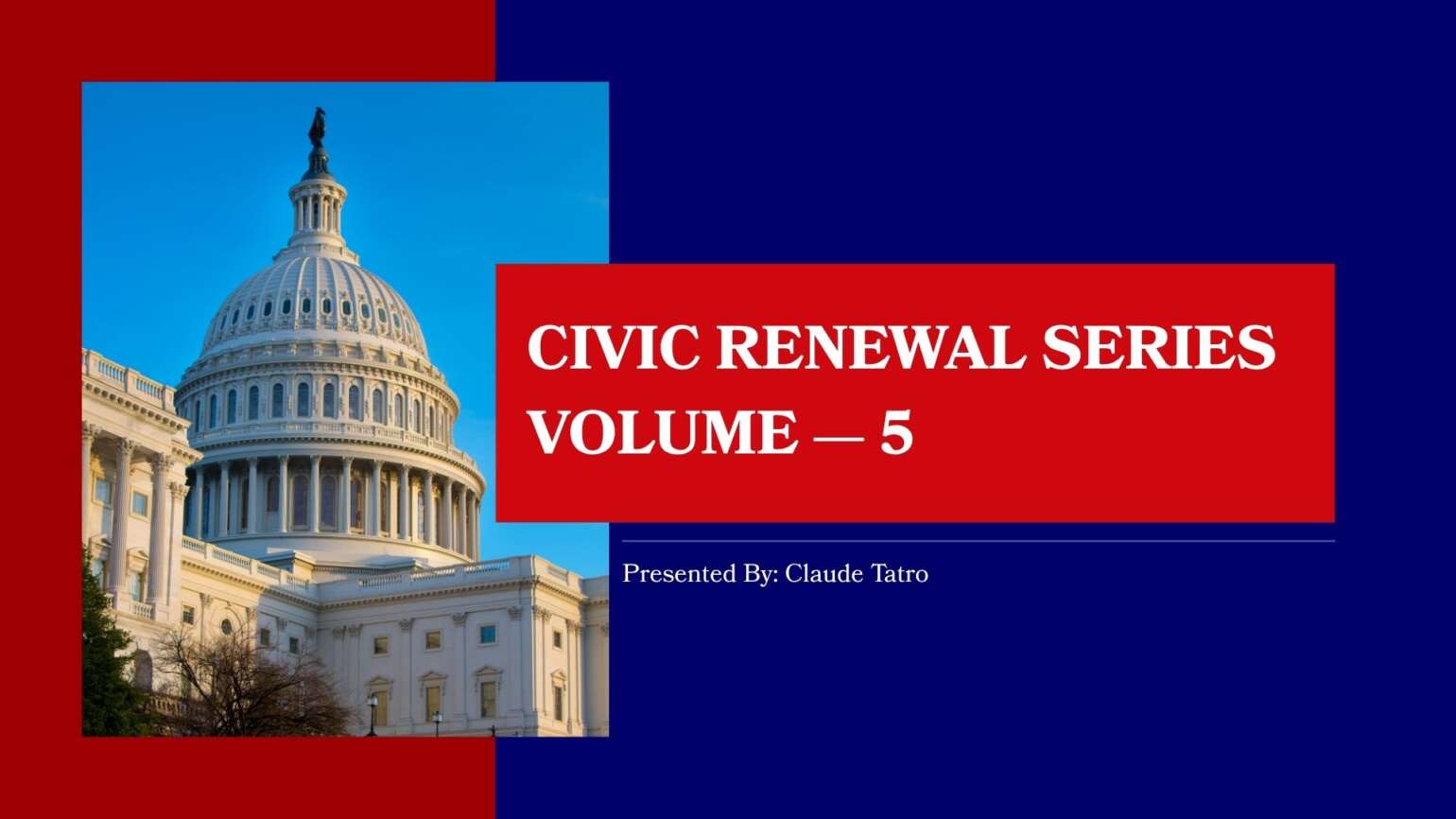Open Primaries, Open Minds: Why Voters Deserve More Choice
By iVoteMyVote.com
Author: Claude Tatro, Founder of iVoteMyVote
🕯️ Introduction — The Walls Around Democracy
Every election season, millions of Americans — especially independents — are told they can’t participate in primaries because they don’t belong to a party.
They pay taxes. They care about their country. But when the time comes to help choose the candidates, the doors are locked.
This is the silent injustice of closed primaries — a system that divides voters before they ever cast a ballot.
If democracy belongs to everyone, shouldn’t everyone have a say from the start?
That’s where open primaries come in.
🏛️ Part 1 — What Is an Open Primary?
An open primary allows voters to participate in choosing a party’s nominees without declaring formal party affiliation.
It can take several forms:
- Traditional open primary: Voters pick one party’s ballot on election day, regardless of registration.
- Semi-open primary: Voters may request a party ballot but must publicly choose.
- Top-two / nonpartisan primary: All candidates appear on one ballot; the two with the most votes, regardless of party, advance to the general election.
These formats differ, but the principle is the same — more inclusion, less restriction.
🧠 Memory marker: Democracy grows stronger when more voices are invited in.
⚖️ Part 2 — Why Open Primaries Matter
For too long, party insiders have decided who appears on general election ballots.
In most states, independent voters — now 43% of the electorate — can’t vote in party primaries. That means nearly half of all citizens are excluded from the early choices that define our democracy.
Open primaries fix that. They make nomination contests reflect all voters, not just partisan loyalists. Candidates must appeal to broader audiences, which encourages moderation, compromise, and civility.
🧠 Memory marker: Inclusion moderates extremes.
📈 Part 3 — What the Data Shows
States with open or semi-open primaries generally report:
- Higher voter participation rates among independents.
- More competitive general elections.
- Candidates who campaign on broader issues instead of partisan talking points.
While open primaries don’t cure all political dysfunction, they reduce one major barrier — the locked gate at the start of democracy’s process.
🧠 Memory marker: Open gates lead to open minds.
🧩 Part 4 — Common Arguments Against
Opponents raise two key objections:
- “Parties should control their own nominations.” Parties have associational rights — but public elections are funded by taxpayers of all affiliations. If citizens finance the process, they deserve access.
- “Open primaries invite crossover voting.” Some fear opposing voters will game results. In practice, strategic crossover voting is rare and has limited measurable effect.
The answer is not exclusion but transparency: count every vote openly and let the public see the results.
🧠 Memory marker: Fear divides; fairness includes.
🌎 Part 5 — State by State: A Patchwork of Rules
Primary laws differ dramatically across the United States:
- Open systems: Georgia, Minnesota, Wisconsin, Texas
- Semi-closed systems: North Carolina, Rhode Island, West Virginia
- Top-two systems: California, Washington, Alaska
Most changes to primary access happen through state legislation or voter ballot initiatives. That’s why local action — not federal reform — is usually key to opening primaries in your state.
🧠 Memory marker: Change starts in your statehouse, not Washington.
💡 Part 6 — The iVoteMyVote Role in Reform
iVoteMyVote can help by:
- Providing a state-by-state guide explaining primary access rules.
- Tracking ballot initiatives and legislative efforts for reform.
- Publishing data on independent participation before and after reforms.
- Using weighted-voting tools so citizens can signal how strongly they support open-primary changes.
Our mission is not to favor a party but to favor the voter.
🧠 Memory marker: Empowerment begins with awareness.
🕊️ Conclusion — Unlocking Democracy
Open primaries are about more than ballots — they’re about belonging. No voter should feel like a guest in their own democracy.
If America is to heal its divisions, it must start by hearing from everyone. When independents are invited into the first round of decisions, the nation moves closer to what it was meant to be — a government of the people, by the people, and for all the people.
Closed doors breed division. Open primaries build unity.
“Invite the many, and democracy grows in wisdom.”



